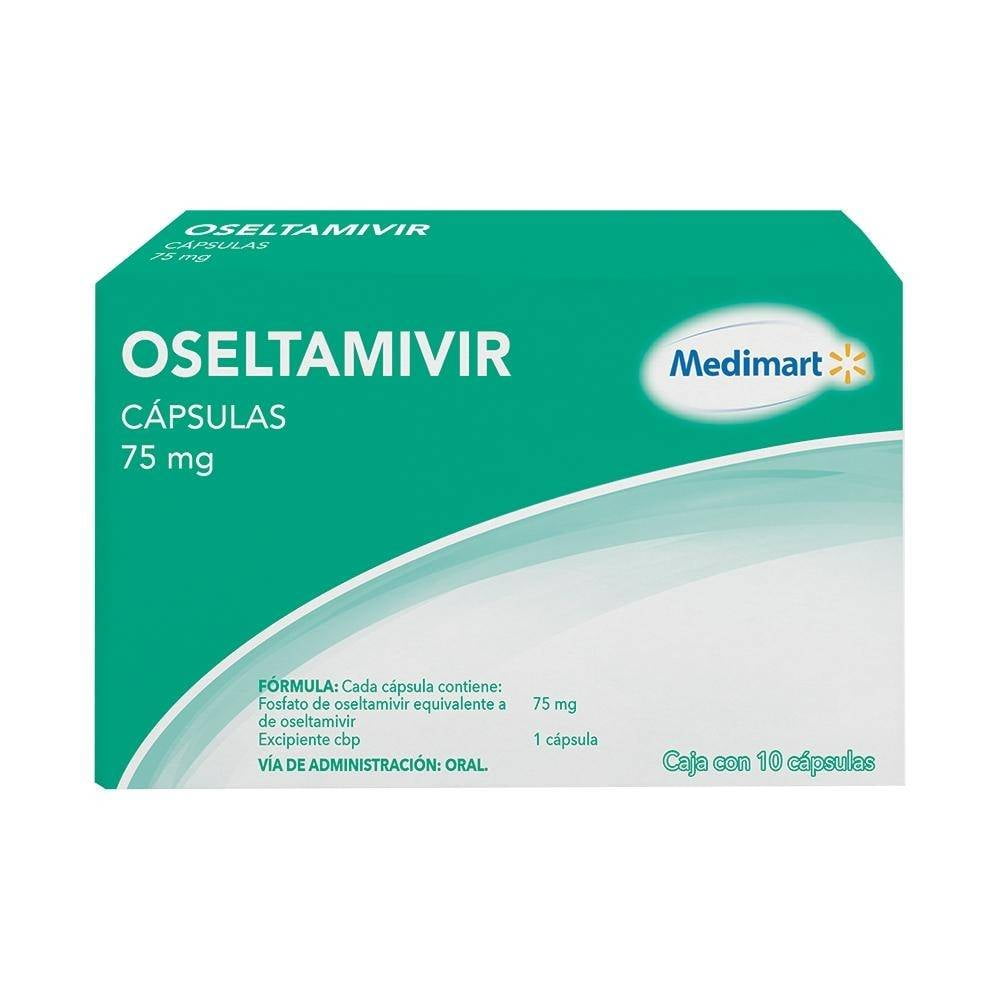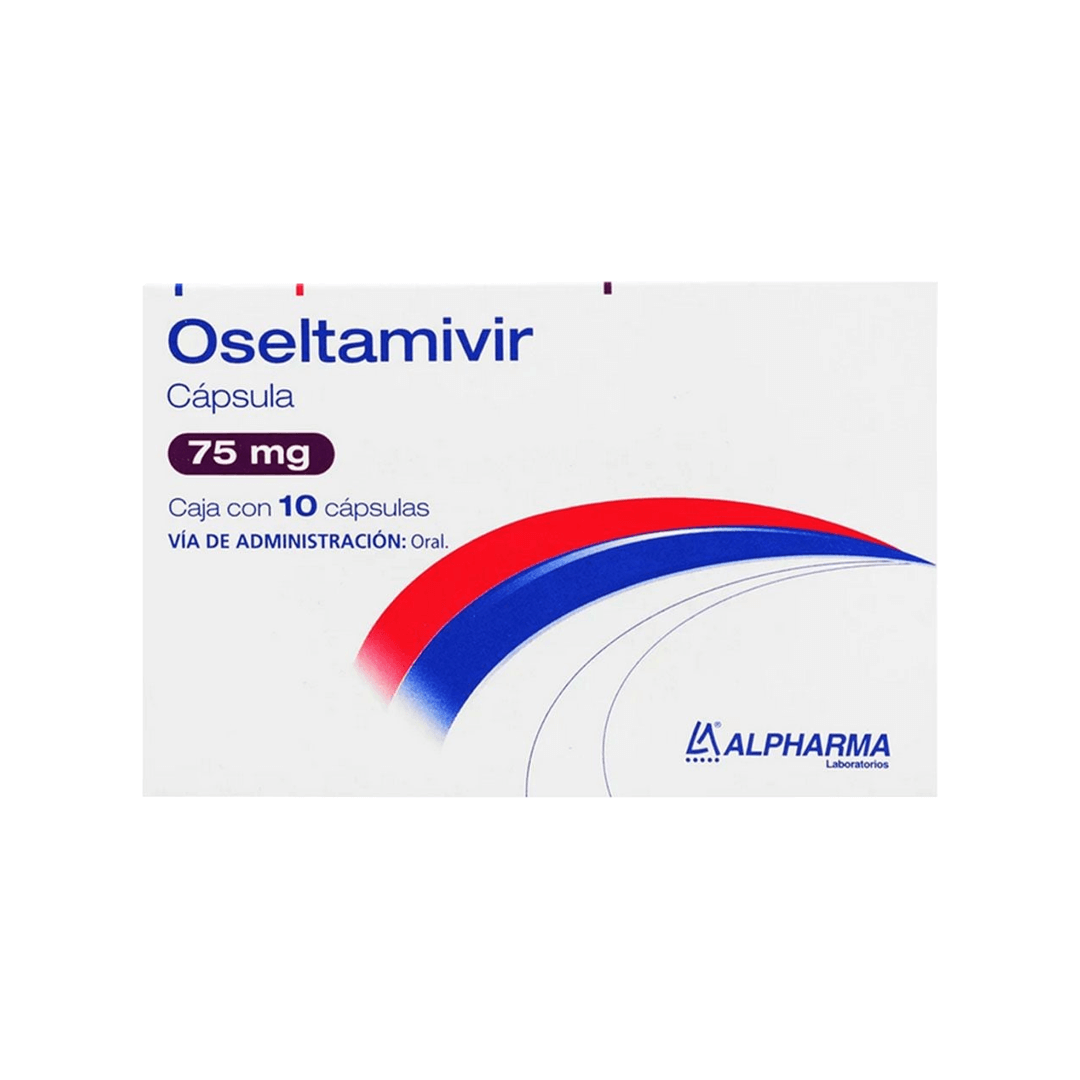
Oseltamivir, an antiviral medication, takes center stage in this comprehensive analysis, providing healthcare professionals with an in-depth exploration of its mechanisms of action, indications, safety profile, and clinical applications.
Delving into the intricate details of oseltamivir’s pharmacological properties, this article unveils its role in combating influenza, supported by a wealth of scientific evidence and practical insights.
Oseltamivir Overview

Oseltamivir, also known by its brand name Tamiflu, is an antiviral medication used to treat and prevent influenza. It works by inhibiting the neuraminidase enzyme, which is essential for the release of new influenza viruses from infected cells.
Oseltamivir is rapidly absorbed after oral administration, with peak plasma concentrations occurring within 1-2 hours. It is extensively distributed throughout the body, including the respiratory tract. The elimination half-life of oseltamivir is approximately 6-10 hours.
Pharmacodynamics
Oseltamivir is a selective inhibitor of the neuraminidase enzyme, which is found on the surface of influenza viruses. Neuraminidase is responsible for cleaving sialic acid residues from the surface of infected cells, allowing the release of new virus particles. By inhibiting neuraminidase, oseltamivir prevents the release of new viruses, thereby reducing the spread of infection.
Oseltamivir Dosage and Administration
Dosage
- Treatment of influenza in adults and adolescents (12 years and older):75 mg twice daily for 5 days
- Prevention of influenza in adults and adolescents (12 years and older):75 mg once daily for up to 10 weeks
- Treatment of influenza in children (1-12 years):30-75 mg twice daily for 5 days (dosage based on weight)
- Prevention of influenza in children (1-12 years):30-75 mg once daily for up to 10 weeks (dosage based on weight)
Duration of Treatment
The recommended duration of treatment for influenza is 5 days. Treatment should be started as soon as possible after the onset of symptoms.
Frequency of Administration
Oseltamivir should be taken twice daily for treatment of influenza and once daily for prevention.
Oseltamivir Indications and Contraindications
Indications
- Treatment of uncomplicated influenza in adults and children 1 year and older
- Prevention of influenza in adults and children 1 year and older
Contraindications
- Hypersensitivity to oseltamivir or any of its components
- Severe renal impairment (creatinine clearance<10 mL/min)
Oseltamivir Safety and Tolerability
Common Adverse Effects
- Nausea
- Vomiting
- Diarrhea
- Headache
- Bronchitis
Drug Interactions
Oseltamivir may interact with the following medications:
- Probenecid
- Amantadine
- Rimantadine
Monitoring Requirements
Patients with severe renal impairment should be monitored closely for adverse effects.
Oseltamivir Resistance

Mechanisms of Resistance
Resistance to oseltamivir can occur through mutations in the neuraminidase gene of influenza viruses. These mutations can reduce the affinity of oseltamivir for the neuraminidase enzyme, making the drug less effective.
Prevalence and Clinical Implications
The prevalence of oseltamivir resistance is relatively low, but it has been increasing in recent years. Resistance to oseltamivir can reduce the effectiveness of the drug in treating influenza, and it may also lead to prolonged illness and increased risk of complications.
Oseltamivir in Special Populations
Children
Oseltamivir is safe and effective for use in children 1 year and older. The dosage of oseltamivir for children is based on weight.
Pregnant Women
Oseltamivir has been shown to be safe and effective for use in pregnant women. However, it should be used only if the potential benefits outweigh the potential risks.
Patients with Renal or Hepatic Impairment, Oseltamivir
Oseltamivir should be used with caution in patients with severe renal or hepatic impairment. The dosage of oseltamivir may need to be adjusted in these patients.
Oseltamivir in Clinical Practice

Role in the Management of Influenza
Oseltamivir is an effective medication for the treatment and prevention of influenza. It is most effective when started within 48 hours of the onset of symptoms.
Evidence Supporting Its Use
Numerous clinical trials have shown that oseltamivir can reduce the severity and duration of influenza symptoms. It has also been shown to reduce the risk of hospitalization and complications from influenza.
Oseltamivir Formulations and Availability

Formulations
- Oral capsules
- Oral suspension
Availability
Oseltamivir is available as a generic medication and under the brand name Tamiflu.
Storage and Stability
Oseltamivir should be stored at room temperature (20-25°C) in a dry place.
Oseltamivir Cost and Insurance Coverage
Cost
The cost of oseltamivir varies depending on the dosage and formulation. The average cost of a 5-day course of oseltamivir is approximately $100.
Insurance Coverage
Most insurance plans cover oseltamivir. However, some plans may require a prior authorization before the medication can be covered.
Patient Assistance Programs
There are a number of patient assistance programs available to help low-income patients afford oseltamivir.
Final Wrap-Up

In conclusion, oseltamivir stands as a cornerstone in the armamentarium against influenza, offering a valuable tool for healthcare providers to mitigate the severity and spread of this prevalent viral infection.





